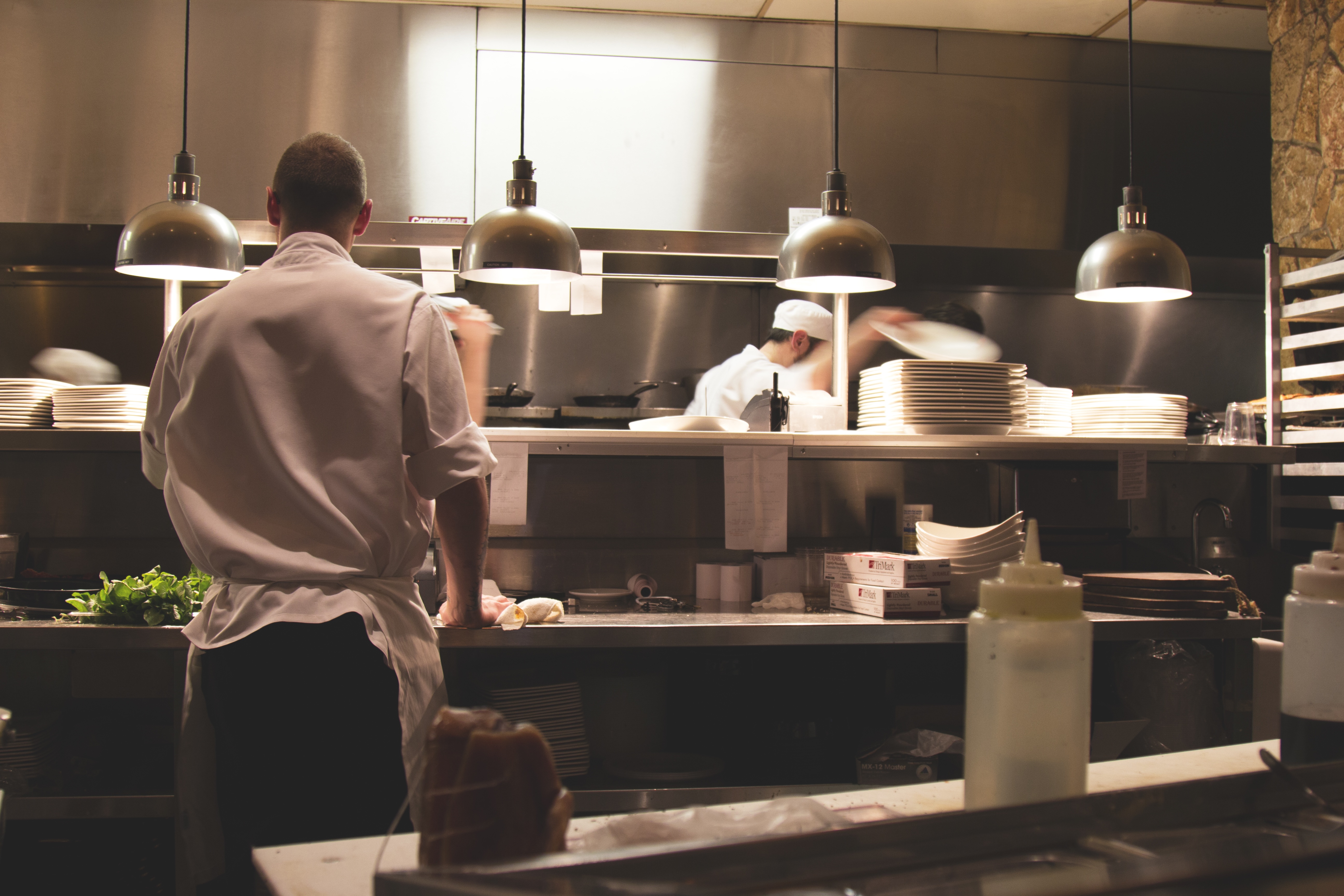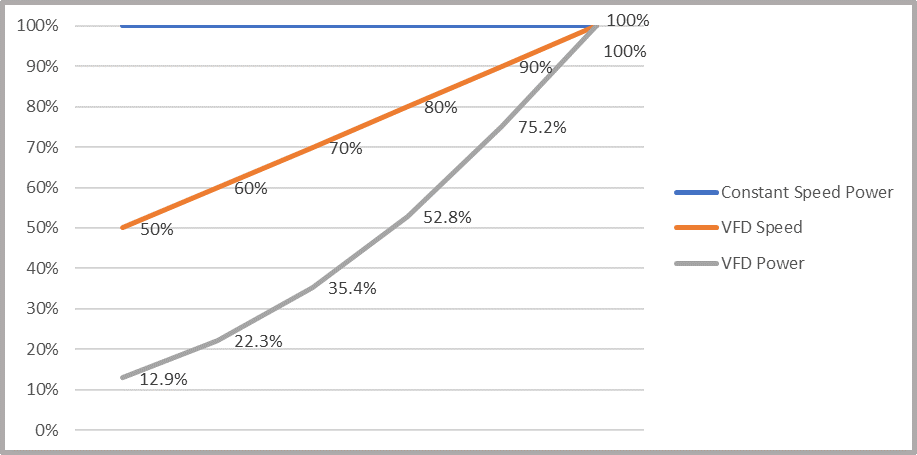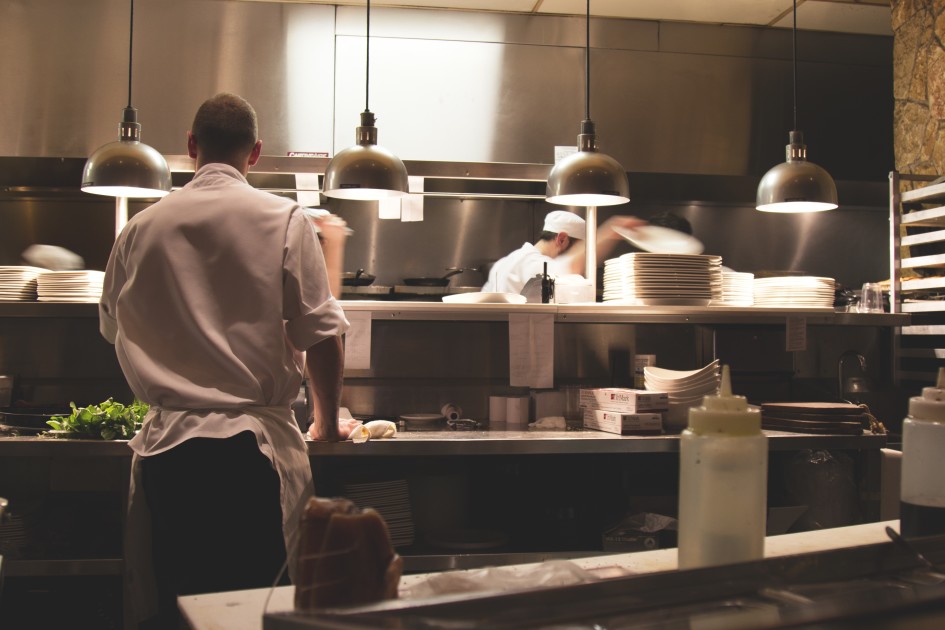Ventilation of restaurants has always been important to keep a balanced, healthy, and productive environment for customers and crew. Ventilation is important to provide for a few important reasons:

- The air being pulled from the kitchen by hood exhaust fans must be replaced by HVAC units to avoid a negative air balance for the building.
- Air is continuously circulated from the restaurant into HVAC units, where it is mixed with fresh outdoor air, heated or cooled, and then pushed back in to the restaurant to maintain proper temperatures.
- Mechanical codes specify a minimum amount of outside air that is necessary to meet indoor air quality requirements. There are energy impacts with these ventilation requirements. Advances in cost effective controls and HVAC technology can potentially address most restaurants’ ventilation needs in a more energy efficient way in future designs. Let’s start with the kitchen exhaust and something called DCKV…
DCKV: Most exhaust fans currently operate 100% of the time at constant speed while the restaurant is open. However, data indicates that full cooking for grills and fryers is only happening less than 20% of the time in most restaurants. By adjusting the air flow (CFM) of the exhaust fans during the times when all grills and fryers are not in use, the amount of air exhausted from the restaurant is reduced, and therefore the amount of air brought in from the outside which would have to be conditioned is likewise reduced. This is called Demand Controlled Kitchen Ventilation (DCKV).
Supply Fan VFD: Think about the air conditioning system in your car. If you get in your car on a hot day, you turn the fan to MAX to cool off as quickly as you can. Once your needs are being met, you can slow the fan down and still be comfortable. Could we apply that same approach to restaurants? The fan in HVAC units that draws some of the air from the restaurant, mixes it with outdoor air, and pushes the mixed air through the filter, across the heating/cooling elements, and back into the restaurant, is called the Supply Fan. If this fan runs at constant speed, 100% of the time, it can account for over 40% of the energy used in HVAC units. By reducing the speed of this fan with a VFD (variable speed drive) when the HVAC system is not being asked to provide maximum heating and cooling, 40-70% of the fan energy can be saved over the course of a year.

Staying in Balance: Implementing either of these strategies requires routine maintenance and some additional controls for the rooftop units’ outside air damper, which has to change its position to keep the restaurant in balance. Therefore, to consider either of these strategies to harvest some energy savings, it’s essential that HVAC units, especially outside air damper and/or economizer controls, be properly sized and regularly maintained by a professional HVAC services contractor. Doing both Supply VFD and DCKV simultaneously maximizes savings but requires even more coordination and advance controls – consider this your friendly reminder that Spring is a great time to professionally tune-up your rooftop HVAC units before the summer heat each year.
Click here for more information on Burton’s energy conservation services.
